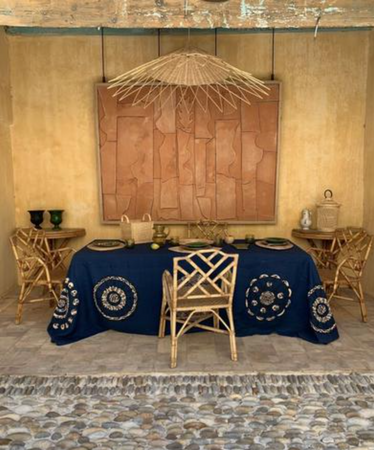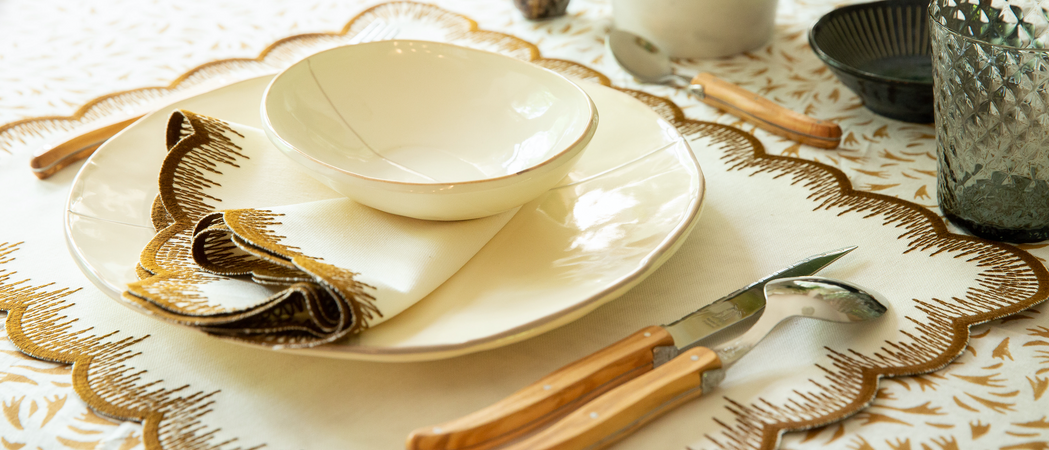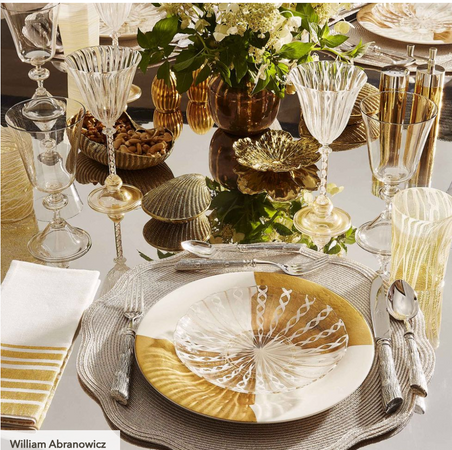The History of Mirrors and Its Evolving Styles
In the 21st century, people never leave their homes without looking at themselves. It is a need to look presentable before we step out into the reproving eyes of society. We use mirrors as an aid in knowing what our reflection looks like.
However, due to modernization, this is not the only work of mirrors anymore. They are now used for safety, energy, and affirmation techniques, and even in interior design. Its evolving style has made it a versatile piece that can be added to your home must-haves.
You ask yourself, after all, where did these beautiful mirrors come from? It turns out that mirrors actually have a long and intriguing history. Here is how it started.
A Deeper Look on Mirrors

Mirrors are any flat surface that reflects an image. It works when rays of light hit a flat surface, making the light bounce back to show any object in front of it.
In our time, mirrors consist of a smooth glass surface and a thin layer of metal film behind it. When light passes through the glass and reaches the metal film, it does not absorb the light. Instead, it reflects it back. This is the reason why we see a reflection of ourselves.
History of Mirrors
6000 BC: Still Waters
The history of mirrors and their evolving style started even in primitive times when natural resources were only available. It dates back to 6000 BC. Mirrors were not objects during this era, rather, they were stagnant water in a dark area. This is how the people during this time see their reflection.
Reflection only works when a surface is smooth. This is why during this period of uncivilization, a still pool was used.
4000 BC-1200 BC: Metal and Stone Mirrors
In 4000 BC, the Mesopotamia people started creating mirrors made of copper followed by ancient Egypt in 3000 BC.
In 2000 BC, stone mirrors from Central and South America were discovered. During this time, bronze mirrors were starting to be manufactured in China.
As time progressed, people from the Bronze Age (3300-1200 BC), started making beautiful mirrors out of metals, such as bronze, silver, copper, and other more.
300-201 BC: Ornamented Mirrors
During the III Century BC, the Romans made mirrors from bronze and silver. They were called Etruscan bronze mirrors, they were ornamented and had a round shape. The reflective property of this mirror, however, is not high enough to see one’s reflection clearly. They were beautiful mirrors but not useful ones.
Now, these mirror ornaments are considered to be one of the many home must-haves due to their intricate design.
100 AD: Glass Mirrors
With the rise of civilization and the history of mirrors from the previous millennium, glass mirrors were born.
Metal mirrors were still used by the people in Europe. However, people started to notice that it was easily tarnished. It did not serve its purpose of reflecting. This led people to find another material: glass.
In 100 AD, it was discovered that the Roman Empire used glass mirrors. The Roman author Pliny wrote this in his encyclopedia. In spite of that, glass mirrors during this time were not widely used. Silver mirrors were still used by the majority of the people.
Unlike the modern-day mirrors which use metal film, artisans in Sidon made glass mirrors coated with gold leaf or lead.
300 AD: Circular Mirrors
During this time, people started making mirrors by blowing a glass bubble and cutting off a small and circular section of it. They were small and expensive, thus metal mirrors were preferred.
Contrasting to the gold leaf and lead coating of Sidon, people used molten lead instead.
12th Century : Handheld Mirrors
In the start of this era, mirrors have become an essential. A noblewoman does not leave her home without bringing one. The handheld mirrors rose to fame and were treated like jewelry. They were wrapped in out of the ordinary materials such as elephant bones and turtle shells. They were also embellished in gold and were worn around their necks.
Medieval Period: Disappearance of Mirrors
The most controversial part of the history of mirrors is their disappearance. During the Medieval period, the usage of mirrors was opposed by religious people. It was said in confessions that the devil was at the back of mirrors, where it was watching the world.
At this point, people from Europe stopped using glass mirrors. Metal mirrors and water bowls were used as an alternative.
Renaissance Period: Quality Mirrors
With all the advancements the world was making, Venice developed fire-gilding. They became the center of fire-gilding mirror production for the next century. Beautiful mirrors were made coated in tin amalgam.
For a better depiction of how the mirrors looked during this time, it is similar to the magic mirror we see in Snow White and the Seven Dwarfs. In interior design, this is one of the highly demanded home must-haves.
The Industrial Revolution: Silver-glass Mirrors
In the late Industrial Revolution, ribbon machines improved which aided the production of large quantities of mirrors. Mirrors were of high quality at this point.
In 1835, silvered-glass mirrors were invented by the German chemist Justus von Liebig. He did this by applying a thin layer of metallic silver at the back of the glass, which is the basis of how mirrors are made now.
The Industrial period paved the way for the quality mirrors we have now.
Mirrors Now

Who would have thought that the history of mirrors would be so interesting? From water to the glass, mirrors have come a long way in making it in the modern day. Now, a house is not complete without a mirror in it. Its evolving style made it one of the many home must haves.
Saint-Gobain in France has become the main manufacturer of good-quality mirrors today. The French craftsmanship can be seen in the French Plaster Convex Mirror which takes five weeks to make in Paris.
Moreover, besides being used to seeing our reflection, the beautiful mirrors we have now have more distinctive shapes and frames that can be used in interior design. The Versailles Sunburst Mirror depicts the modernization and evolving style of society. A proof is its hand-carved sunburst frame that was meticulously made.
Upgrade your home must haves by adding mirrors to your list. This will elevate your interior design and overall home. What are you waiting for? Get your mirror now.
31 Jul, 2022 ·











